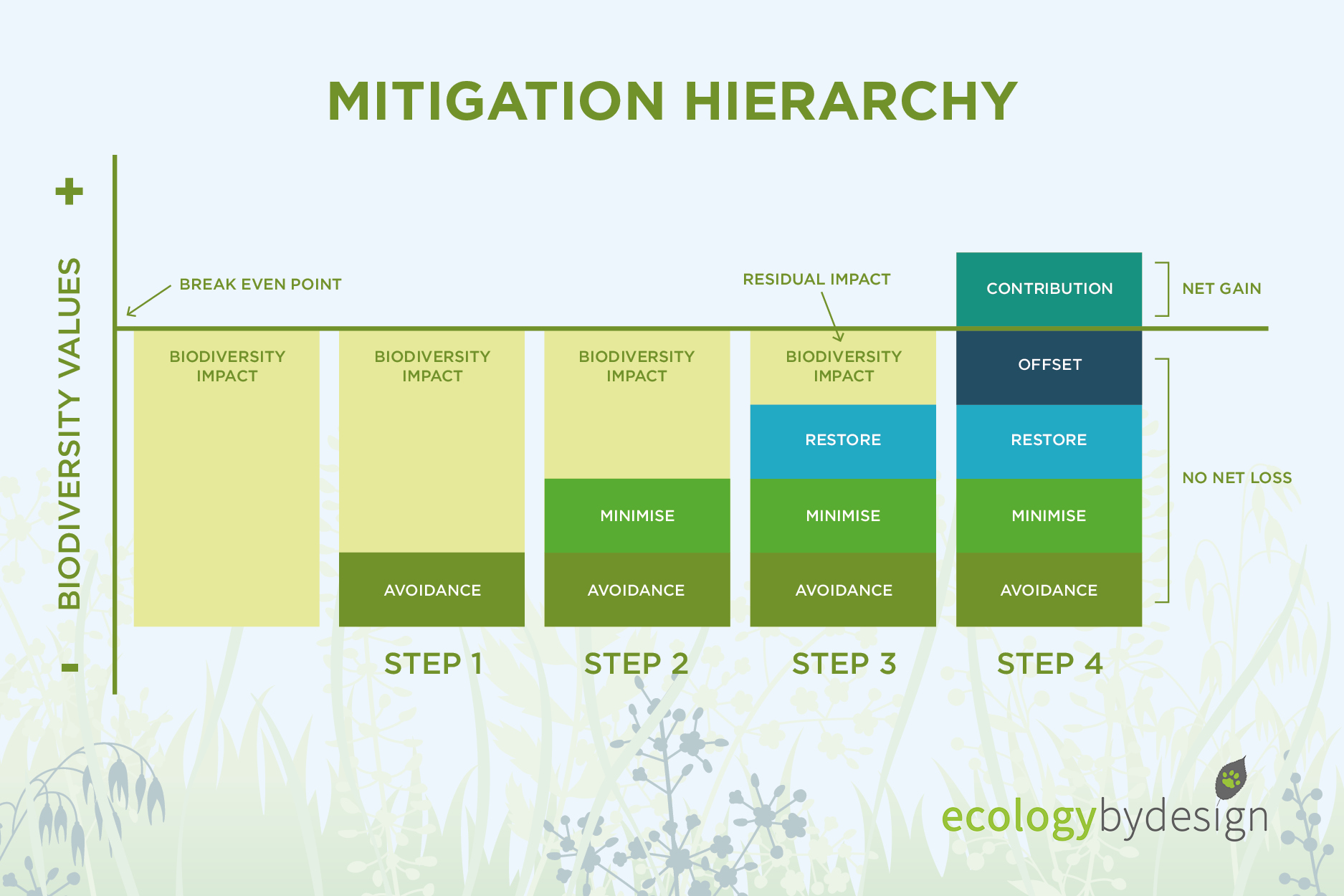Nuclear Litigation: Examining Current Legal Challenges And Trends

Table of Contents
The Evolving Landscape of Nuclear Liability
Establishing liability in nuclear accidents presents formidable challenges. International conventions, such as the Paris Convention and the Vienna Convention, provide a framework for addressing transboundary incidents, but their application often involves intricate legal interpretations and jurisdictional disputes. National laws vary considerably, leading to inconsistencies in liability regimes and compensation mechanisms. Nuclear liability is further complicated by the long latency periods associated with radiation exposure and the difficulty in definitively proving causation.
The role of insurance and government indemnification programs is paramount in mitigating the potentially catastrophic financial risks associated with nuclear accidents. However, the limits of insurance coverage and the potential for exceeding government indemnification levels raise concerns about equitable compensation for victims.
- Significant Nuclear Accidents and Litigation: Chernobyl (1986) and Fukushima (2011) resulted in extensive litigation, raising questions about operator negligence, regulatory failures, and the adequacy of international liability frameworks.
- Differing National Liability Regimes: The United States, France, and Japan, for example, have distinct legal approaches to nuclear liability, showcasing a diverse and often inconsistent global landscape.
- Effectiveness of Existing Insurance Mechanisms: While insurance plays a vital role, the sheer scale of potential damages in major nuclear accidents often necessitates supplementary government intervention and raises questions about the adequacy of existing insurance mechanisms for handling potential future events.
Challenges in Nuclear Waste Management Litigation
The long-term storage and disposal of nuclear waste are at the heart of numerous legal battles. Proving causation and damages related to long-term environmental impacts presents significant scientific and legal obstacles. The extended timeframes involved necessitate complex epidemiological studies and predictive modeling, making it challenging to establish a direct link between waste disposal and specific harms. Nuclear waste management litigation often involves disputes over the siting of repositories, raising concerns about environmental justice and potential impacts on local communities.
- Waste Disposal Technologies and Legal Implications: Different disposal technologies, such as deep geological repositories and surface storage facilities, present distinct legal challenges, particularly concerning long-term safety and environmental protection.
- Legal Challenges to Nuclear Waste Repository Siting: Public opposition to proposed repository sites often leads to protracted legal challenges, raising questions about the fairness and transparency of the siting process.
- Environmental Justice Concerns: The disproportionate impact of nuclear waste disposal on marginalized communities fuels legal actions focused on environmental justice and equitable distribution of risks.
Nuclear Decommissioning and its Legal Ramifications
Decommissioning nuclear power plants involves significant legal complexities, primarily concerning liability for cleanup costs and the management of long-term environmental monitoring. Securing adequate funding for decommissioning is a major challenge, particularly for older plants where decommissioning funds may be insufficient or unavailable. Legal disputes often arise regarding the allocation of costs among various stakeholders, including plant operators, governments, and potentially ratepayers. The long-term monitoring of decommissioned sites raises questions about ongoing liability and the potential for future environmental remediation.
- Case Studies of Decommissioning Projects and Disputes: Numerous cases illustrate the legal battles surrounding the decommissioning of nuclear facilities, often involving disputes over cost allocation, liability for unexpected contamination, and the adequacy of environmental monitoring plans.
- Regulatory Frameworks Governing Decommissioning: Regulatory frameworks for decommissioning vary across jurisdictions, leading to differences in standards and liability regimes, complicating cross-border collaborations.
- Financial Burden of Decommissioning: The substantial financial burden of decommissioning drives much of the litigation, with disputes often arising over cost recovery mechanisms and the financial responsibility of different parties.
Emerging Trends in Nuclear Litigation
Climate change is increasingly influencing nuclear litigation, raising questions about the role of nuclear power in mitigating climate change alongside concerns about the environmental impacts of the entire nuclear fuel cycle. Technological advancements in areas such as small modular reactors (SMRs) create new legal challenges related to safety, licensing, and liability. The growing reliance on digital technologies within nuclear facilities is also increasing the potential for cybersecurity incidents, leading to the emergence of new legal risks and liabilities.
- New Legal Challenges Posed by SMRs: The introduction of SMRs presents novel legal and regulatory challenges, requiring adjustments to existing licensing frameworks and liability regimes.
- Influence of Evolving Environmental Regulations: Stringent environmental regulations are influencing the legal landscape, pushing for greater accountability in nuclear waste management and decommissioning practices.
- Potential for Increased Litigation Related to Cybersecurity: Cybersecurity breaches in nuclear facilities could have catastrophic consequences, potentially leading to increased litigation concerning negligence, liability, and regulatory compliance.
Understanding and Navigating the Future of Nuclear Litigation
Nuclear litigation presents a complex and evolving field. The challenges discussed above highlight the need for a comprehensive understanding of international and national laws, regulations, and liability frameworks. Stakeholders, including governments, utilities, insurers, and affected communities, must navigate this intricate legal landscape to effectively manage the risks and responsibilities associated with nuclear power. If you're facing challenges related to nuclear liability or require guidance on navigating nuclear litigation, contact an expert in nuclear law today. Seek advice from experienced nuclear law experts and nuclear liability attorneys to ensure your interests are protected. Specialized nuclear litigation specialists can provide crucial insight and guidance to help you address the unique complexities of this area of law.

Featured Posts
-
 Anti Muslim Plots In Bangladesh Nrc Urges Immediate Action
May 01, 2025
Anti Muslim Plots In Bangladesh Nrc Urges Immediate Action
May 01, 2025 -
 Kampen Start Kort Geding Tegen Enexis Stroomnetaansluiting Centraal
May 01, 2025
Kampen Start Kort Geding Tegen Enexis Stroomnetaansluiting Centraal
May 01, 2025 -
 Six Nations Rugby Frances Statement Win Irelands Response
May 01, 2025
Six Nations Rugby Frances Statement Win Irelands Response
May 01, 2025 -
 The Future Of French Rugby Six Nations 2025 Predictions
May 01, 2025
The Future Of French Rugby Six Nations 2025 Predictions
May 01, 2025 -
 Pierre Poilievres Election Defeat Losing His Own Seat
May 01, 2025
Pierre Poilievres Election Defeat Losing His Own Seat
May 01, 2025
Latest Posts
-
 Jalen Hurts White House Absence Trumps Support And The Tush Push Controversy
May 01, 2025
Jalen Hurts White House Absence Trumps Support And The Tush Push Controversy
May 01, 2025 -
 Automotive Tariffs Trumps Proposed Mitigation Strategy
May 01, 2025
Automotive Tariffs Trumps Proposed Mitigation Strategy
May 01, 2025 -
 Can Trumps Tariffs Replace Income Taxes 4 Key Complications
May 01, 2025
Can Trumps Tariffs Replace Income Taxes 4 Key Complications
May 01, 2025 -
 Prominent Palestinian Journalist Arrested During West Bank Raid By Israeli Forces
May 01, 2025
Prominent Palestinian Journalist Arrested During West Bank Raid By Israeli Forces
May 01, 2025 -
 Exclusive Report Trumps Approach To Automotive Tariffs
May 01, 2025
Exclusive Report Trumps Approach To Automotive Tariffs
May 01, 2025
